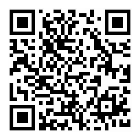Scanning the Issue and Beyond:
Merton's Laws and Mertionian Systems for ITS
THIS is my last editorial and I would like to take thisopportunity to express my sincere thanks to those havedevoted their time and efforts in helping me making this greatpublication more successful during my service. First of all,thanks to Dr. Simona Bertè, my only full-time staff member,who has worked extremely hard in keeping a smooth and timelyoperation, in making sure that we have followed all the rulesand regulations set forth by IEEE, and that we have met ourown professional norms and standards. To my three part-timeassistants, Dr. Yanqing Gao of the University of Arizona for thefirst five years, and Dr. Xiao Wang of the Chinese Academyof Sciences and Ms. Stephanie Brown from IEEE for thelast two years, many thanks for your dedication and support.During my seven-year term as the Editor in Chief, the numberof manuscripts submitted and pages published annually haveincreased 317.4% (from 322 to 1022) and 500% (from 720to 3600), respectively. This was achieved without any additionto our editorial team; therefore, much special appreciation andrecognition must be given to the four of them!
The support and contribution from our reviewers, associateeditors, and members of our advisory boardwere also extremelycritical and important to the growth of this publication—mythanks for your hard work and apologies for pushing you hardin the process. To my colleagues on the Executive Committeeand the Board of Governors, thanks for your support for manyof my decisions, especially my initiative of establishing the newIEEE Transactions on Intelligent Vehicles, an important step forour future growth.
Last but not least, thanks to all who have submitted to ourTRANSACTIONS, without your support and contribution, therewill be no IEEE T-ITS!
My vision was to make our TRANSACTIONS a super highwayfor ITS publications: fast in motion, wide in capacity, and highin quality of services. Thank you all—our numbers have clearlydemonstrated that IEEE TRANSACTIONS ON INTELLIGENTTRANSPORTATION SYSTEMS has made my dream a great realitytoday. I believe our new EiC, Professor Petros Ioannou, willlead the journal to a new level of success with your continuedsupport.
Fig. 1. EiC Fei-Yue Wang and EiC Elect Petros Ioannou held the IEEE T-ITSat the IEEE ITSC 2015 in Las Palmas de Gran Canaria, Spain.
~~~~~~~~~~~~~~~~~~~~~~~~~~~~~~~~~~~~~~~~~~~~~~~~~~~~~~~~~~~~~~~~~~~~~~~~~~~~~~~~~~~~~~~
MERTON'S LAWS AND MERTIONIAN SYSTEMS FOR ITS
Recently a group of physicists at Cornell University havedemonstrated the control of quantum tunneling in an ultracoldlattice gas by the measurement backaction imposed by animaging process, a clear manifestation of the Quantum Zenoeffect [1], [2]. By smoothly varying the rate at which atoms areimaged, they observed the continuous crossover from the “weakmeasurement regime” (in which position measurements havelittle influence on tunneling dynamics of the atomic ensemble)to the “strong measurement regime” (in which measurement-inducedlocalization causes a dramatic suppression of tunneling).This investigation leads to an experimental demonstrationof the paradigmatic Heisenberg microscope in a lattice gasand sheds light on the implication of quantum measurementon the coherent evolution of a mesoscopic quantum system.Their technique reveals a powerful tool for the control of aninteracting many-body quantum system via spatially resolvedmeasurement backaction.
Does this have anything to do with transportation researchand application? Yes, very much to me. Why? If measurement-inducedbackaction can control interactingmany-body quantumsystems, then message-induced influence would be an effectivetool for control of interacting many-agent traffic systems. Inother words, Merton’s laws can be powerful for transportationmanagement and also for social transportation, an emergingfield of research and development for intelligent transportationsystems, which must be investigated and utilized along thisdirection.
As described in [1], in quantum mechanics, a measurementcan be regarded as a dynamically tunable interaction between aquantum system and a “bath” whose intrinsic, spatial, and dynamicalproperties can be precisely engineered. As such, measurementscan be used to guide or coax a quantum system intonovel collective phases and nonequilibrium states that mightotherwise be inaccessible through more conventional meansof cooling or state preparation. While most of measurementinducedcontrol schemes have hitherto been demonstrated inthe context of single or weakly interacting quantum entities, theextension of these concepts to the arena of strongly interactingand correlated a tantalizing prospects.
If we replace terms “measurement” by “analysis,”“quantum” by “Mertonian,” and “bath” by “artificial system”in above description, the whole paragraph is equally valid forthe control and management of complex social systems, suchas transportation systems, called Mertonian systems, or simplyMerton systems by ACP-based parallel mechanism [3].In physics, a fundamental distinction between a classical(Newtonian) and a quantum system is its response to a measurement.While the act of measurement has no or negligibleeffect on the evolution of a classical system, it has a significantimpact on the dynamics of a quantum system; thus, the call forHeisenberg’s Principle of Uncertainty. The difference betweena Newton and a Merton system is similar: a Newton system canbe measured or analyzed to arbitrary precision with negligibleconcomitant backaction, the act of measurement or analysis hasprofound consequences on the subsequent evolution of a Mertonsystem. For example, weather prediction has no influenceon future weather, but traffic or stock prediction might has asignificant impact on future traffic or the stock market. Similarly,the parallel interaction between a quantum system and its“bath” can be applied for parallel control and management ofMerton systems, particularly, complex transportation systems,and we hope the concomitant Quantum Zeno effect will lead toa dramatic suppression of traffic congestion.
Therefore, we need big data, Internet of things, cloud computing,machine learning, transportation games, total trafficcontrol, social transportation, and many other new IT methods,i.e., Intelligent Techniques, to design various Merton’s lawsfor intelligent transportation control and management in smartsocieties. Yes, privacy will be a big issue here and, frankly, I donot see any perfect solution yet. However, I still recall what Ihad heard in my first driving course in Troy, New York: Drivingis not a right, it is a privilege.
REFERENCES
[1] Y. S. Patil et al., “Quantum control by imaging: The Zeno effect in anultracold lattice gas,” presented at the DAMOP15Meet. American PhysicalSociety, Columbus, OH, USA, 2015, arXiv:1411.2678.
[2] Y. S. Patil et al., “Measurement-induced localization of an ultracold latticegas,” Phys. Rev. Lett., vol. 115, no. 2, Oct. 2015, Art. ID 140 402, DOI:10.1103/PhysRevLett.115.140402.
[3] F.-Y.Wang, “Parallel control and management for intelligent transportationsystems: Concepts, architectures, and applications,” IEEE Trans. Intell.Transp. Syst., vol. 11, no. 3, pp. 630–638, Sep. 2010.
~~~~~~~~~~~~~~~~~~~~~~~~~~~~~~~~~~~~~~~~~~~~~~~~~~~~~~~~~~~~~~~~~~~~~~~~~~~~~~~~~~~~~~~
Editor in Chief
Fei-Yue Wang


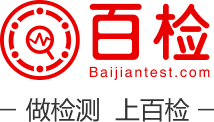
 1stGA/T 1403-2017 智能交通管理系统规划编制指南 现行
1stGA/T 1403-2017 智能交通管理系统规划编制指南 现行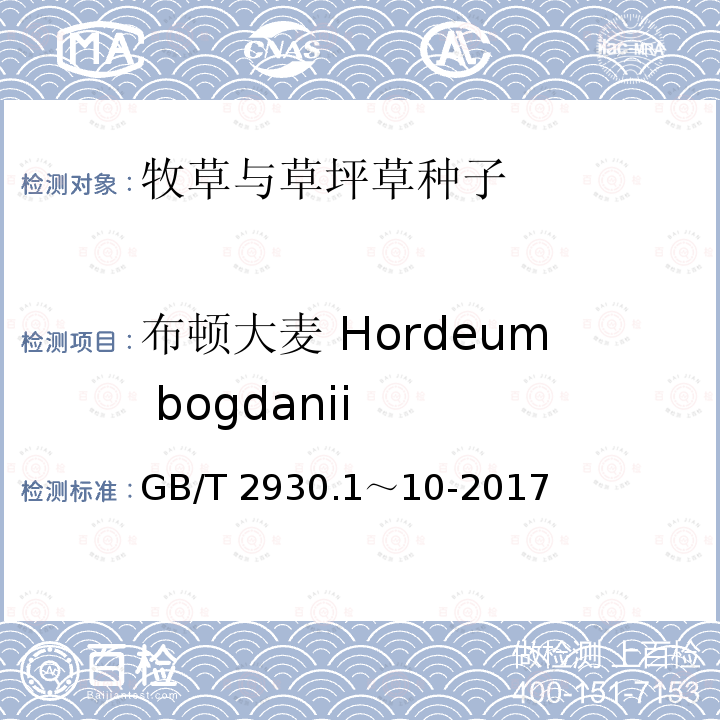
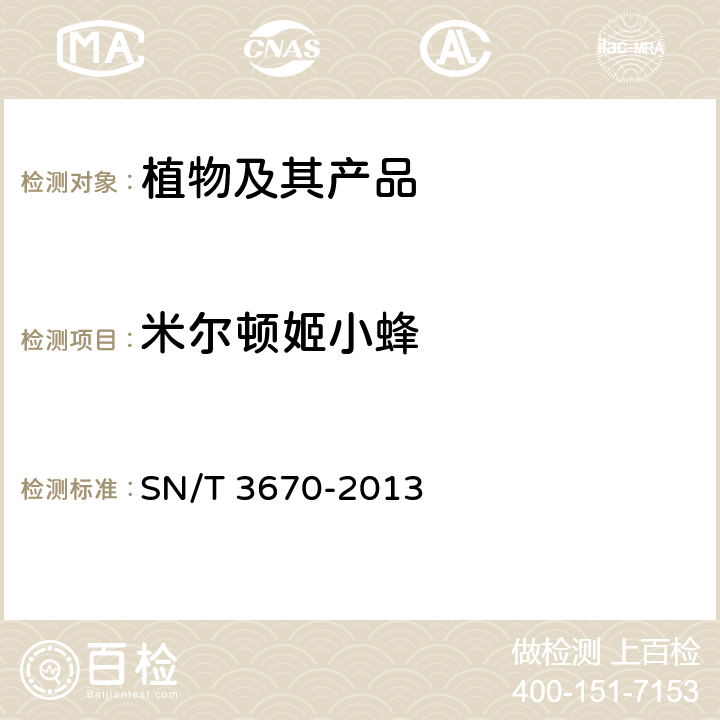
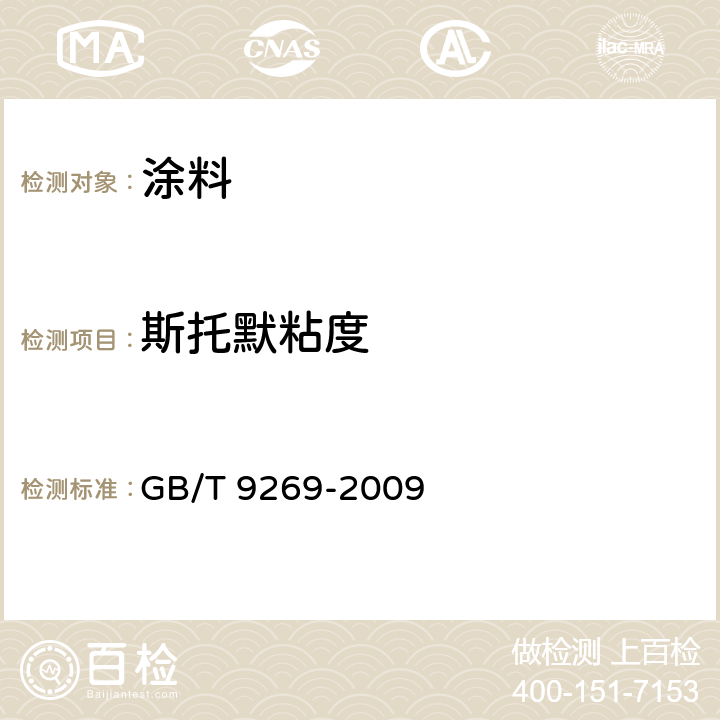
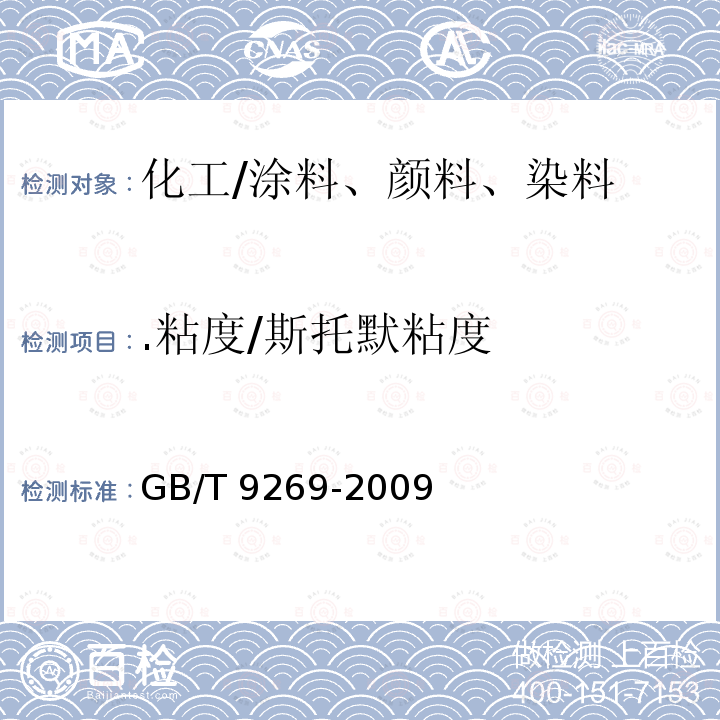
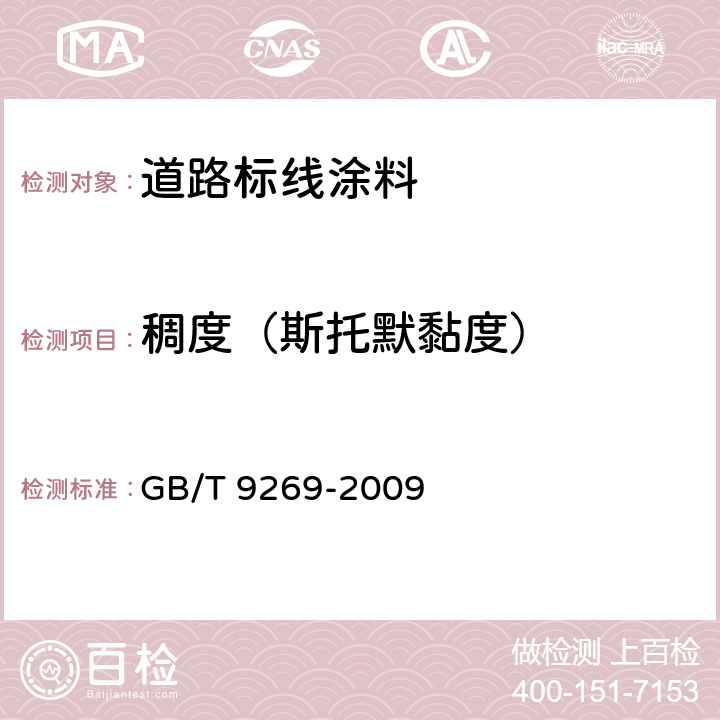
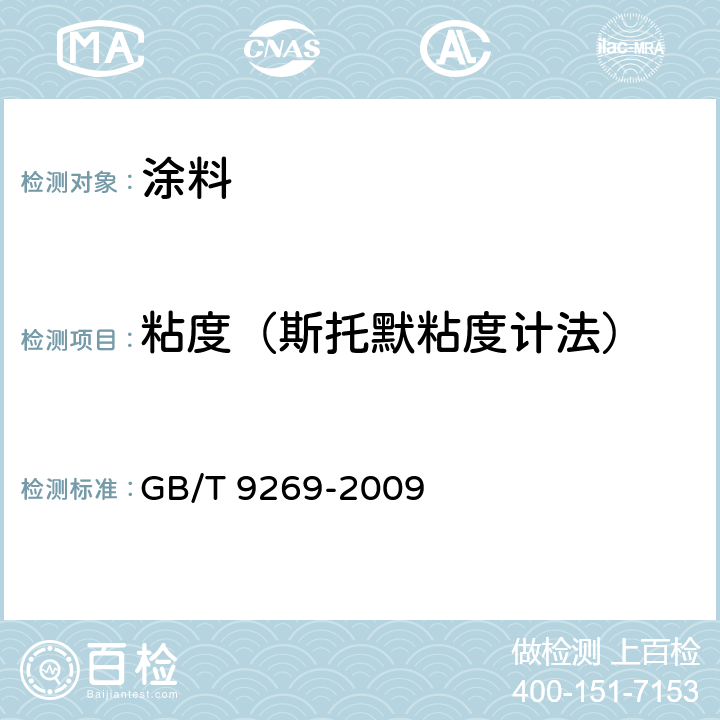
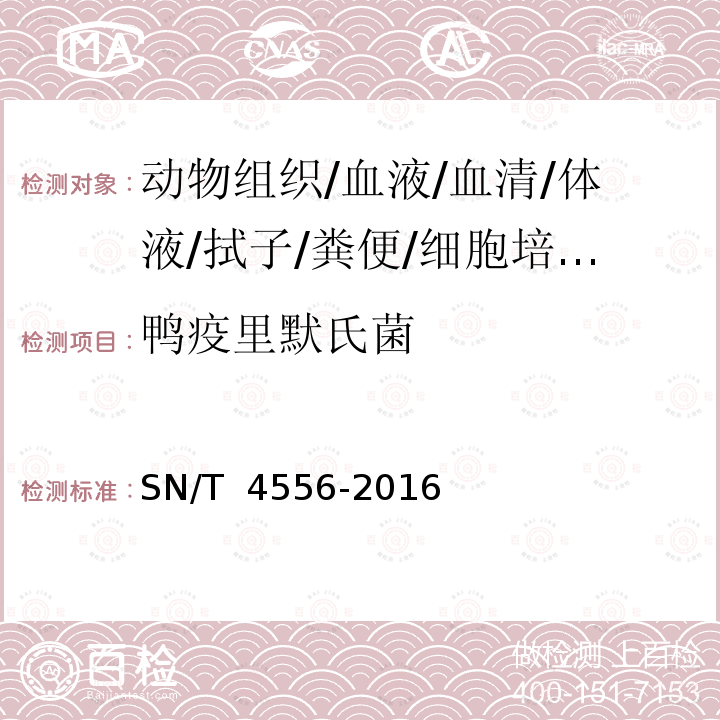

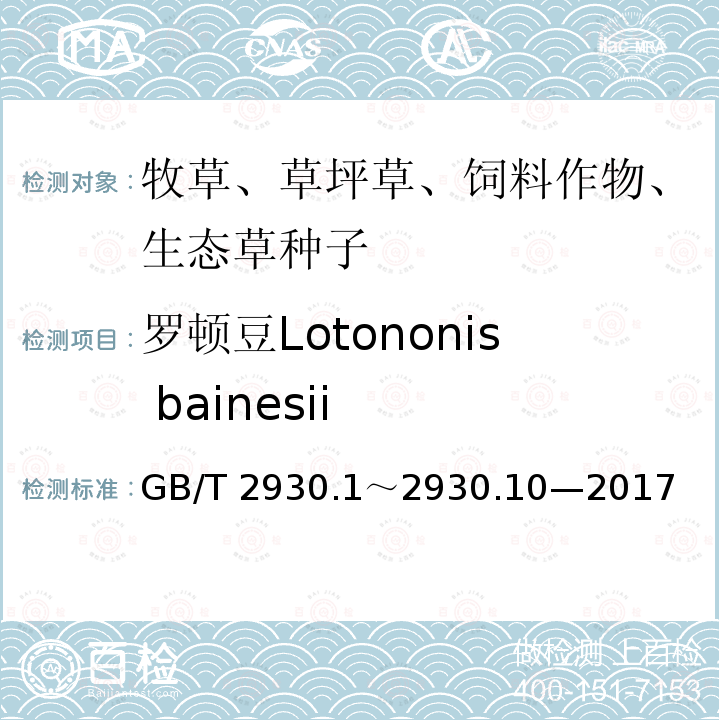



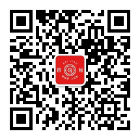
 400-101-7153
400-101-7153 15201733840
15201733840